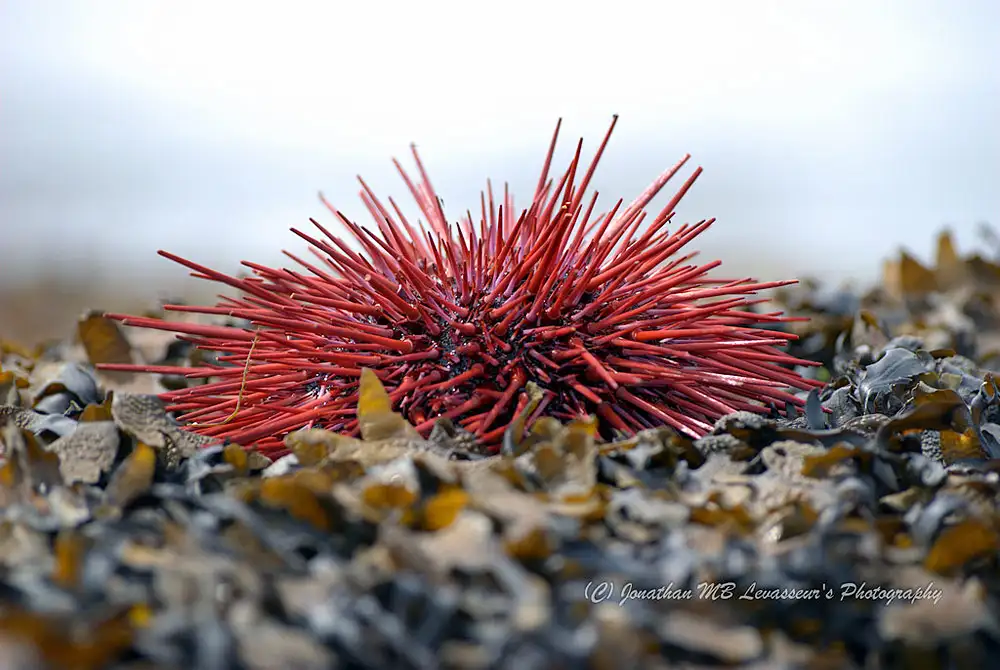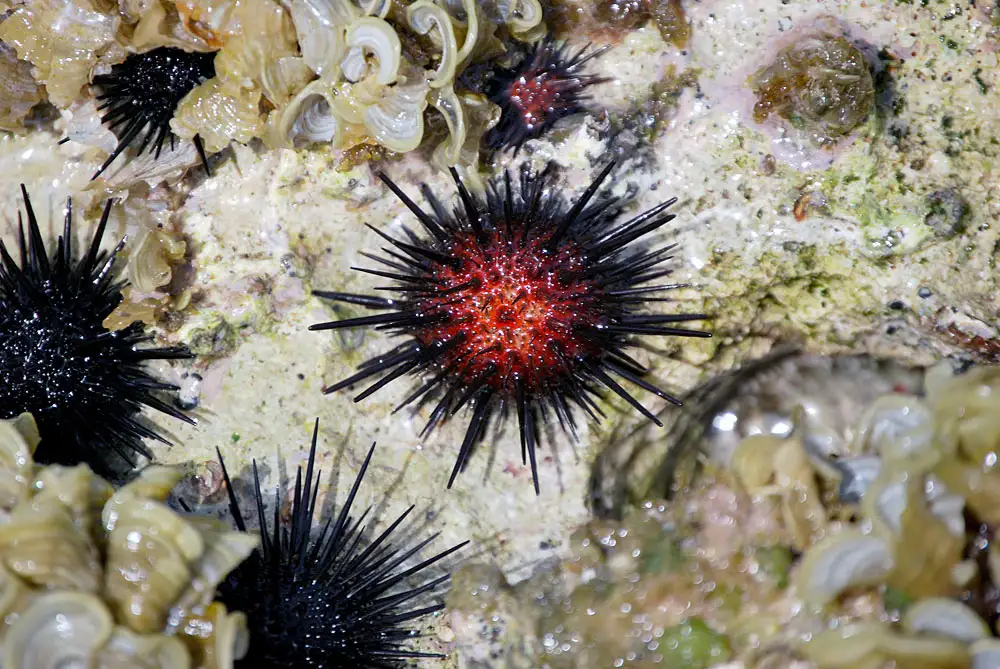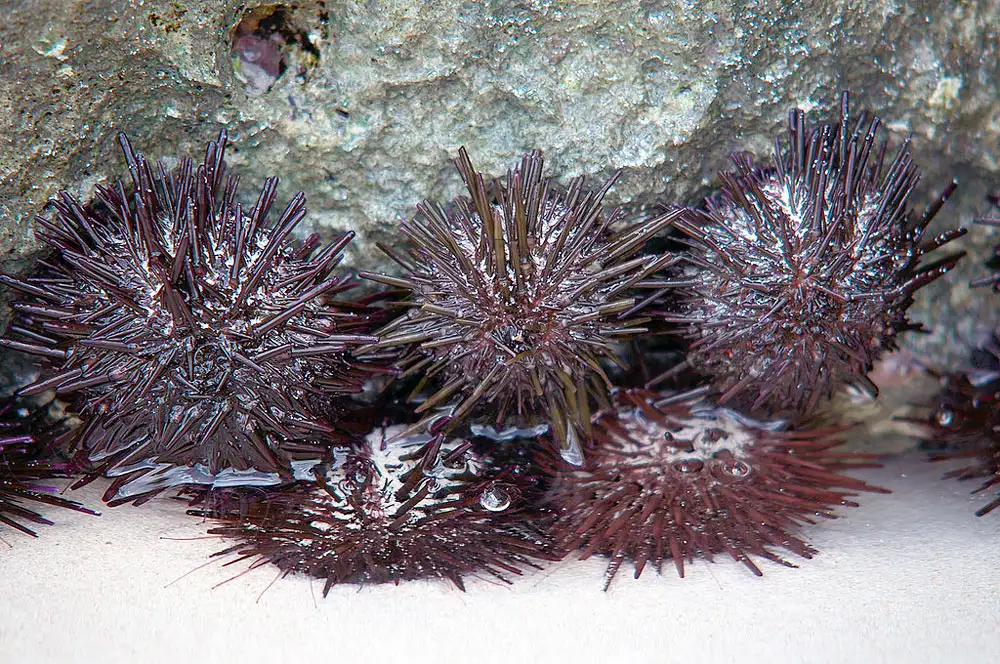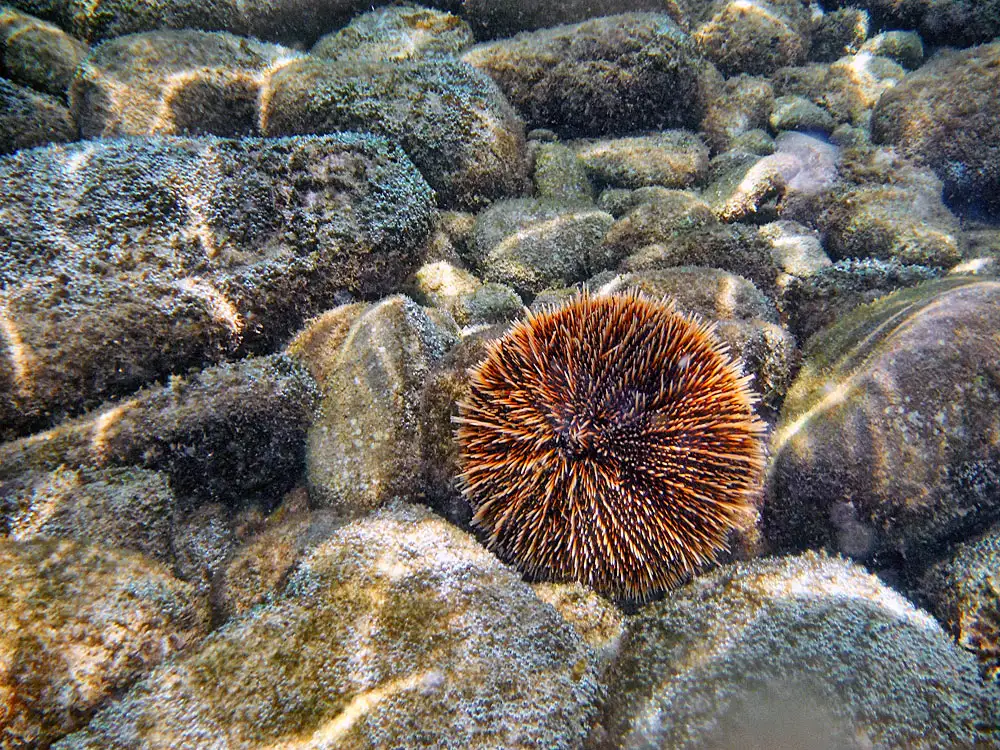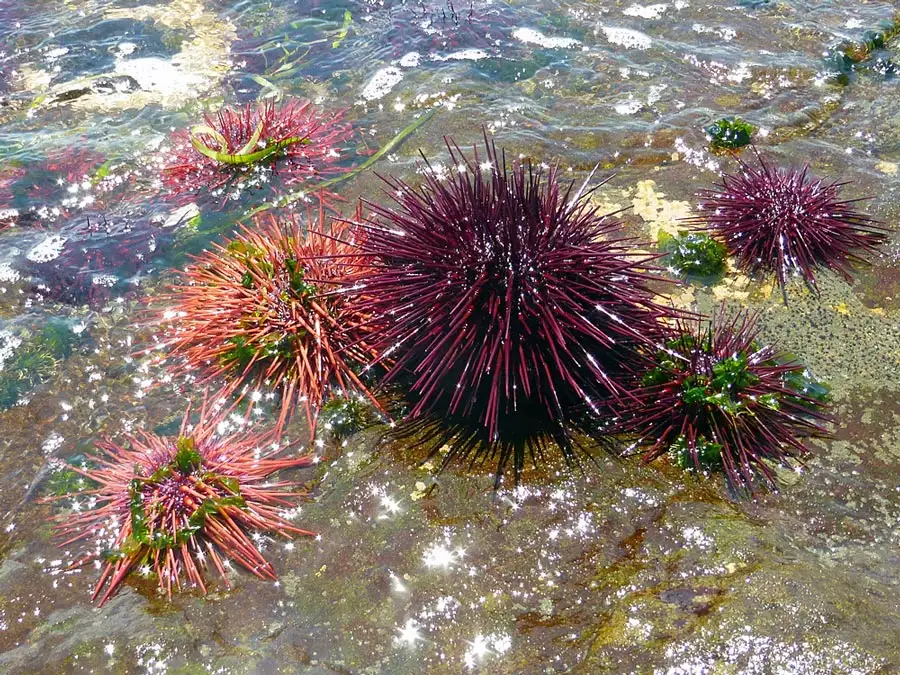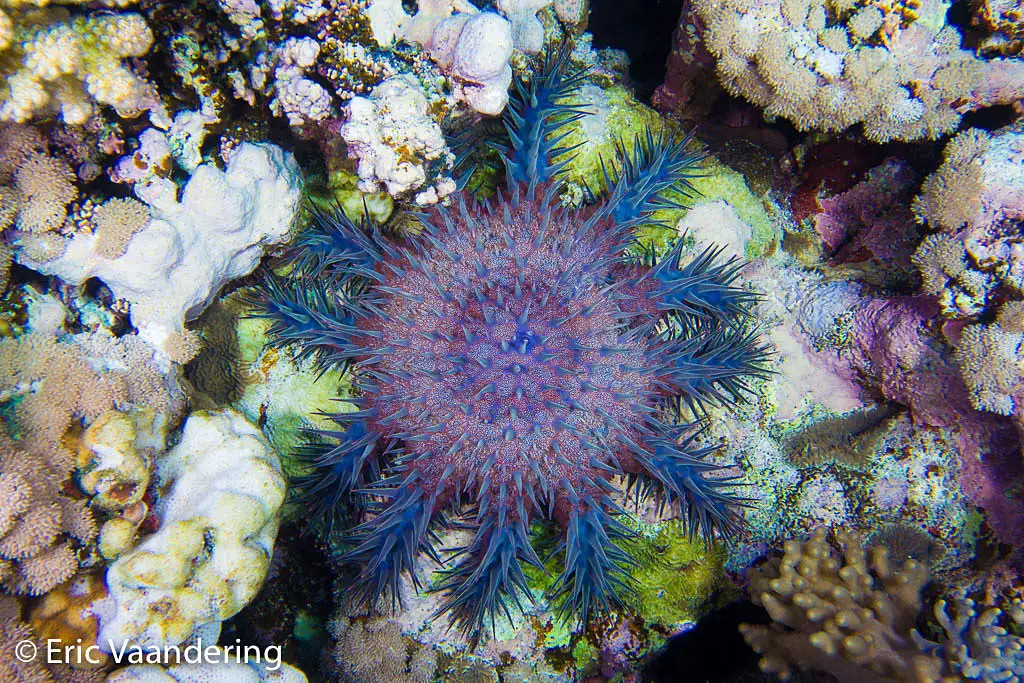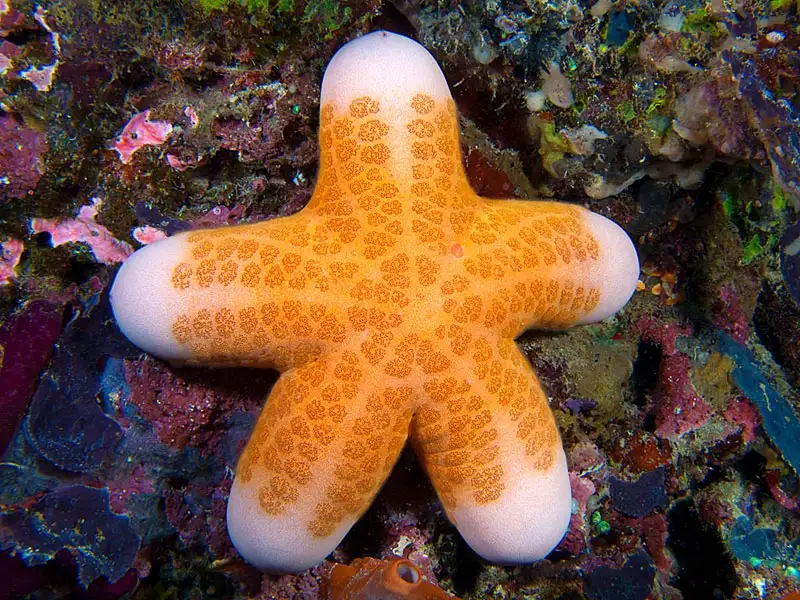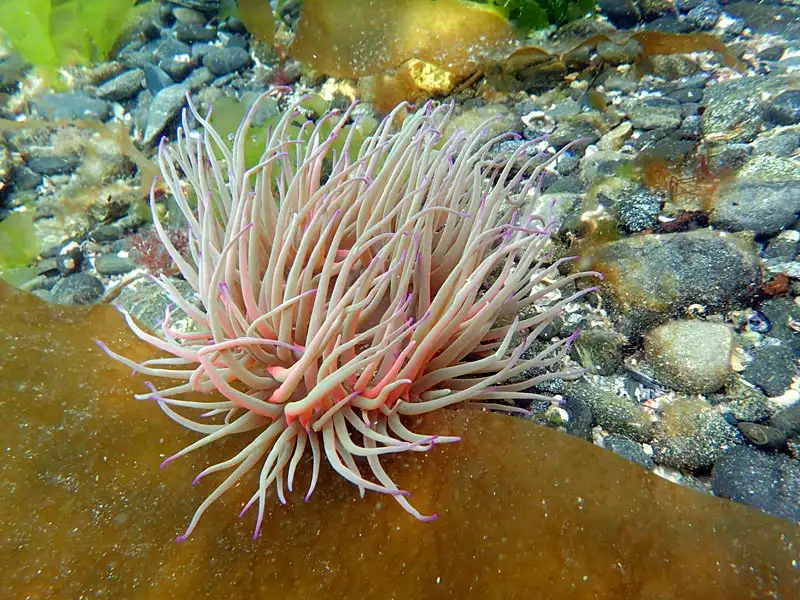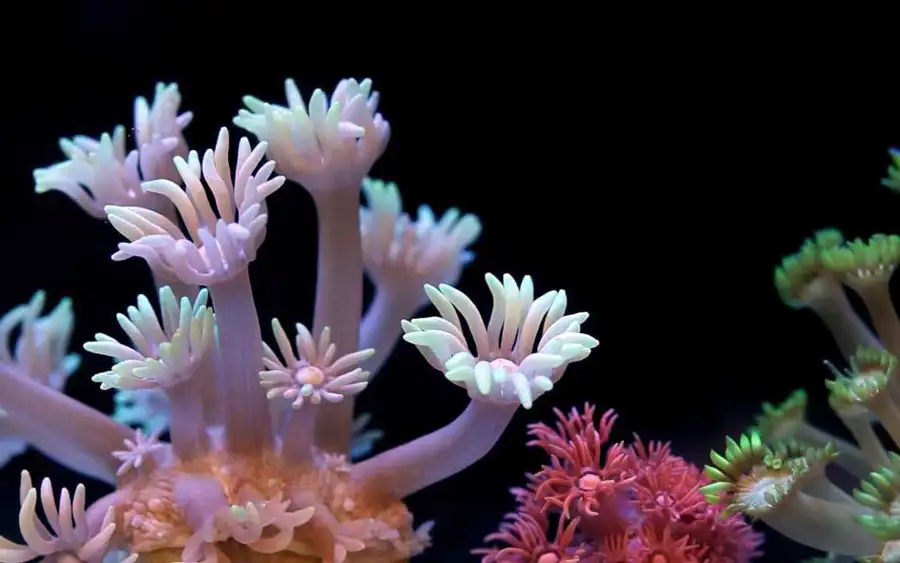Echinoidea (Sea Urchins · Overview)
IUCN
LCBasic Information
Scientific classification
- name:Echinoidea (Sea Urchins · Overview)
- Scientific Name:Echinoidea
- Outline:Echinodermata
- Family:Echinodermata Echinoidea
Vital signs
- length:Test diameter 1–10 cm; up to ~20 cm+ (some deep‑sea taxa larger)
- Weight:Varies with test thickness and spine length
- lifetime:Typically 3–30 years; some >100 years
Feature
Calcareous test with movable spines; tube feet locomotion; pentaradial symmetry; Aristotle’s lantern; broadcast spawning.
Distribution and Habitat
Global: intertidal to deep sea; rocky reefs, seagrass, coral reefs and soft sediments.
Appearance
Globose or flattened tests covered with spines and pore rows; colour variable; sand dollars/heart urchins often dorsoventrally flattened.
Details
Echinoidea—the class of sea urchins, sand dollars and heart urchins—belongs to the phylum Echinodermata. Their test comprises interlocking calcareous plates bearing movable spines and tube feet; the mouth houses the five‑part jaw apparatus known as Aristotle’s lantern. Echinoids are key grazers and bioturbators, able to keep substrates clear yet, under predator loss, can drive urchin barrens.
Ecology & Biology
Feeding: rock‑reef urchins graze algae and biofilms; sand dollars/heart urchins deposit‑feed on organics and small infauna.
Locomotion: coordinated use of spines and tube feet; many species cover themselves with shells/algae to shade and baffle waves.
Reproduction: mostly broadcast spawners with external fertilisation; larvae are planktonic before settling.
Identification
Regular urchins (globose): mouth at the centre of the oral surface, anus at the aboral pole; spines variable in length.
Irregular urchins (flattened): include sand dollars/heart urchins, adapted to burrowing and deposit feeding.
Mouthparts: the five‑toothed Aristotle’s lantern for scraping and boring.
Size & Longevity
Size: test diameter typically 1–10 cm, up to ~20 cm+; some deep‑sea taxa larger.
Life: commonly 3–30 years; some species (e.g., large red urchins) may exceed 100 years.
Range & Habitat
Worldwide—from the intertidal to the deep sea—on rocky reefs, seagrass meadows, coral reefs and soft sediments.
Ecological Roles & Human Interactions
Roles: regulate algal cover and refresh substrates; at high densities can create urchin barrens that reduce kelp/seaweed forests.
People: some species are edible; spines can cause painful injuries—handle with care; tests/spines used in education and crafts.
IUCN: this is a class‑level overview; conservation is species‑specific. Marked here as Not Evaluated (NE).
FAQ
Q1. First aid for spine punctures? Rinse with seawater, remove spines; warm‑water soaking and vinegar may help with fine fragments; seek medical care if needed (educational only).
Q2. Why do some urchins “cover” themselves? To shade from UV and baffle waves/predators by collecting shells/algae/pebbles.
Q3. What triggers urchin barrens? High urchin densities under predator loss or environmental change can overgraze kelp/seaweed.
Q4. How do regular vs. irregular urchins differ? Regulars are globose grazers; irregulars are flattened burrowers (sand dollars/heart urchins) adapted to deposit feeding.

